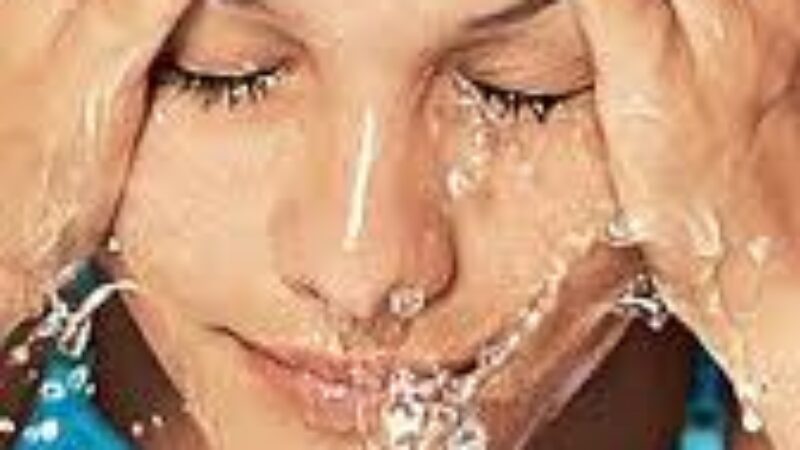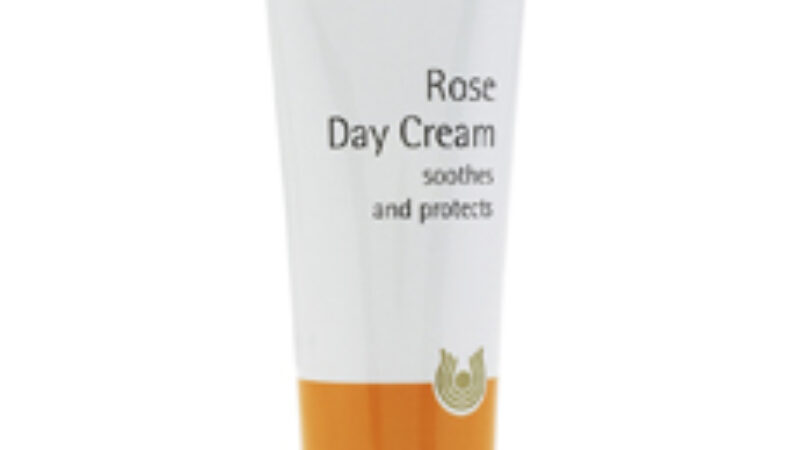 In addition to the emotional changes that many women incur during perimenopause, many women also experience physical symptoms including hot flashes, night sweats and noticeable changes in skin.
In addition to the emotional changes that many women incur during perimenopause, many women also experience physical symptoms including hot flashes, night sweats and noticeable changes in skin.
Perimenopause is the period of transition that occurs prior to menopause – during this phase, levels of hormones incuding estrogen, progesterone and testosterone fluctuate and decrease, often leading to unpredictable swings which can lead to sleep disturbances, irritability and emotional instability in some women. The transition period can last as long as 10 years or more. While some women have relatively symptom free perimenopausal transitions, others experience symptoms that interfere with quality of life and may benefit from supplements, counseling or hormone therapy.
Why Skin Changes at Perimenopause
The main changes that women may notice with their skin at perimenopause are:
- breast atrophy
- thinning, drier skin
- a decrease in skin elasticity
- vaginal dryness and/or atrophy
These changes are due in some part to the decline in levels of estrogen, progesterone and testosterone. In addition to a decline in hormones, perimenopausal skin is impacted by a lifetime of exposure to UV rays and decreased cell turnover and repair. While it isn’t realistic to recommend use of hormone therapy to support skin changes – the long term use of hormones such as estrogen and testosterone have been implicated with serious side effects – studies have shown that women on hormone therapy regimens (including treatment with progesterone) have thicker, more supple, less dry and firmer skin. In fact, many women with vaginal dryness and/or vaginal atrophy respond well to topical administration of estriol, a naturally occurring estrogen.
Topical Treatments that Help Perimenopausal Skin
A perimenopausal skin care routine should consist of gentle ingredients that can help to repair damaged skin and compensate for the body’s decreased ability to maintain healthy skin. Skin at perimenopause will benefit greatly from the following:
- Gentle cleansers that won’t strip skin of natural oils leading to dryness. Consider a product like Keys Island Therapeutic Foaming Wash
- Moisturizers that help to hydrate and restore the skin’s natural protective barrier. Choose from a selection including Aqualant, Keys Luminos
- Ingredients that boost production of collagen and elastin helping to compensate for the loss of hormones. Soy, vitamin c, madecassoside and a host of other ingredients can help. Consider products including La Roche Posay Redermic, Reversa Skin Firming Gel
- Ingredients that help to repair damaged skin as a result of exposure to UV rays, which can lead to skin discoloration and inflammation. Consider products that incorporate ingredients including retinol as in Green Cream and prescription only retinoic acid. Skin lightening agents including hydroquinone and other botanical skin lighteners may also help.
- Exfoliants, which help to remove dead, dry skin cells that build up on the skin’s surface. It is important to remember not to exfoliate too much. Skin tends to be thinner and drier at perimenopause and excessive exfoliation can lead to further damage. The M2 Skin Care range contains a serum, cleanser and moisturizer that incorporates mandelic and malic acids.
Protect Against Sun Damage
Key to maintaining healthy skin is incorporating daily sun protection into your skin care regimen. Experts maintain that the sun is responsible for more than 80% of skin damage – prevention really should be your first defense! Look for a well formulated UVA/UVB blocking sunscreen with a minimum of SPF 30 and wear it every day. Choose from a selection including Anthelios sunscreens, Keys Solar Rx, Marie Veronique sunscreens.
Investigate Treatments and Procedures
Sometimes it’s hard to get full resolution with topical skin care treatments. If that’s the case, you may want to schedule a visit with a qualified medical professional to discuss treatments options including Botox, chemical peels, laser resurfacing or fillers.




Regular exercise and eating healthy can help tremendously with many of the symptoms associated with menopause including hot flashes, night sweats and noticeable changes in skin. Processed foods that are high in sodium or sugar should be eliminated completely from the diet and should be replaced with whole grain, low-fat, and low-sugar choices. Fresh fruits, vegetables, beans, oatmeal, and fish are healthy and caffeine, alcoholic beverages, and sodas should be replaced with lots of water, and unsweetened fruit juices.
There are also compounded bio-identical hormones pills, creams, gels, suppositories, injectables, sublingual drops or lozenges that are prescribed by health care providers who tailor the dose to a woman’s individual symptoms and concerns.